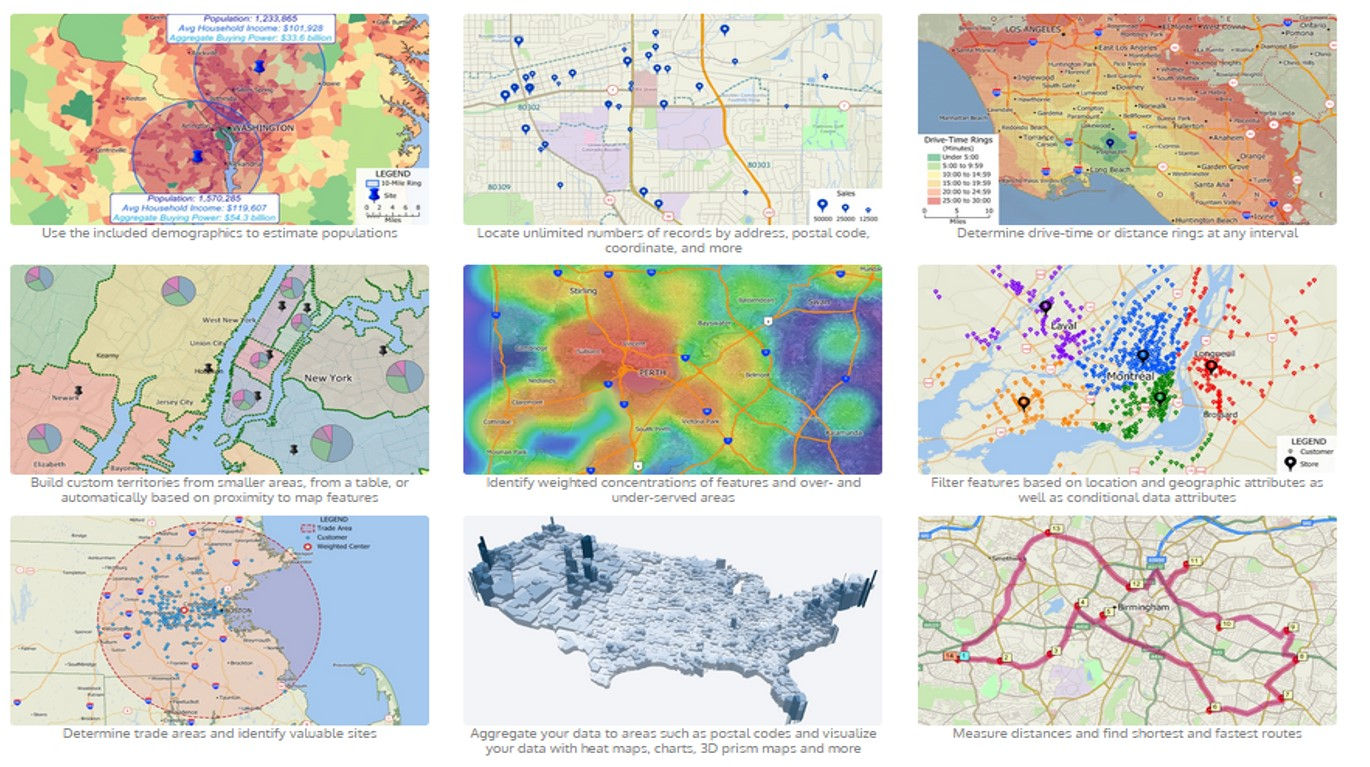
My areas are located in the children's park «Erzsebet kert» close to the University of West Hungary (Pic.1).
For investigation of point measurement accuracy using GIS-level GNSS receivers in three different conditions with and without averaging I selected three sample areas (Pic.2):
1) Open area (park);
2) Urban area (partial occlusion of houses);
3) Vegetation cover (partial occlusion of trees in the park).
Objectives: Investigation of point measurement accuracy using GIS-level GNSS receivers in three different conditions with and without averaging.


Every points was measured twice every day, I used mean option (calculate mean upon 30 measurements) and without mean for each points. Total I measured 5 days April 29, 30 and May 1, 2 and 3, 2016 with Trimble Juno SС devise. In addition, to determine the error, points were measured with RTK by the receiver LEIKA 1230 May 3, 2016. Then I exported the results of the survey point to the text file for analysis on a program R studio.

For investigation of point measurement accuracy using GIS-level GNSS receivers in three different conditions with and without averaging in R studio I upload my result of measuring in R studio. RTK measure is more accuracy and first I tried to find errors from RTK points to single and averaging points in horizontal and vertical direction. For find errors for each observation in horizontal and vertical direction use this formula EastingsError = EastingsReference – EastingsMeasurement in R studio.
I created two vector one for data single and averaging points measurement «field», other vector for data of RTK measure «RTK». Then I use some of specialized function to accomplish my goal:
− as matrix;
− logical selection;
− distance calculation;
− convert distances to a matrix;
− selection;
− visualize data;
− save new correction data;
− and also to delete unnecessary elements.
In data analysis more than anything, a picture really is worth a thousand words. For visualize my data in a graph, I used plot function, where we can see location points, also we can see which environment point was located more far and scattered from RTK points.

One common method in statistics for comparing multiple densities is to use a boxplot. A boxplot has two attributes: an x, which is usually a classification into categories, and y, the actual variable that my comparing.
In my case, I want to compare the distribution of the error of measure within each environment. I like boxplots very much because I think they are one of the clearest ways of showing trend in data.



Pic. 1 Pic.2
When I compared boxplots of measurement errors for environment in horizontal and vertical direction, we can see in boxplot Dist2D has less error than the Dist3D
We know that the more satellites are synchronized with GPS equipment during measuring, it can improve our measure accuracy. Therefore, I did an analysis of error for each observation in horizontal and vertical direction with the number of satellite.
With this boxplot for each observation in horizontal direction, we can see that the measuring has the biggest error where is the lower number of satellites (4 satellites) and lowest error of measurement where the number of satellites 9. The observation in vertical direction, we can see that the measuring has the biggest error where is the lower number of satellites (4, 5, 6 satellites) and lowest error of measurement where the number of satellites 9


Observation in horizontal direction Observation in vertical direction
Scatterplots for each environment for find correlation between horizontal errors and PDOP, Satellites. Based on the two images, we can say measurement has more accuracy where a number of satellites more and less accuracy where the number of satellites smaller. Where index PDOP larger, the measurement has less accuracy.




The size of every point is determined by the PDOP even while the color is determined by the Environment. As we can see on the analysis, the greater the number of satellites, the smaller PDOP.
Other than that, we can do most of the same things with a histogram that we could with a scatter plot. I can again facet histograms into multiple subplots using facet_wrap. With this function, I compared between with and without averaging measurement and big errors of measurement has vegetation points without averaging measurement.


Conclusion
The primary objective of this research was investigation of point measurement accuracy using GIS-level GNSS receivers in three different conditions with and without averaging. Based on the findings and results of this study I can say that accuracy of the measurement depends on many factors such as the number of satellites, location of the place, indicator PDOP, measuring device and also with or without averaging measurement.
How we see in the results of our measurement analysis in R studio, more the number of satellites and using the averaging measurement increases measurement accuracy. Also, when measured point location with RTK was difficult to measure in the vegetation area, as the accuracy of the position growing until 7, and we were waiting to get a good result (Quality position: open area - 0.012, vegetation - 0,401, urban area - 0,13).
With R studio we did the analysis, calculate distances and found an error between the measurement points in the horizontal and vertical direction. Based boxplot, plot, scatter plot, we can clearly see where the measurement accuracy more.


